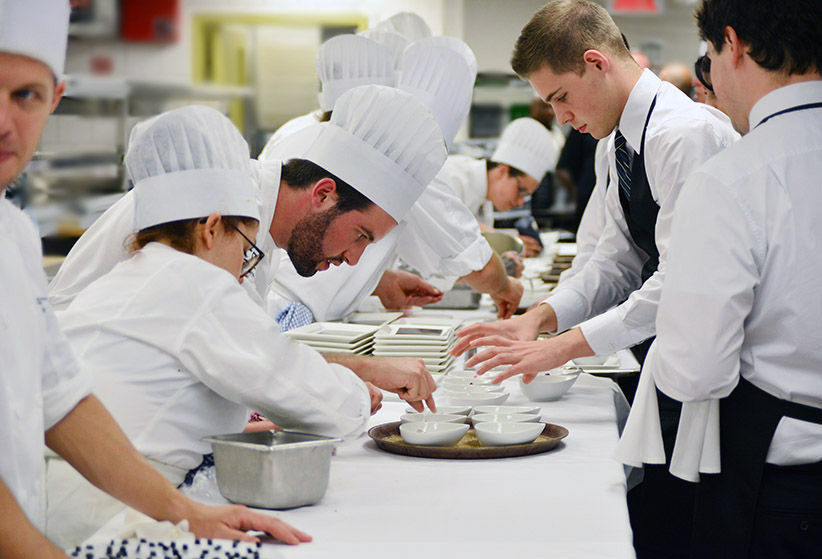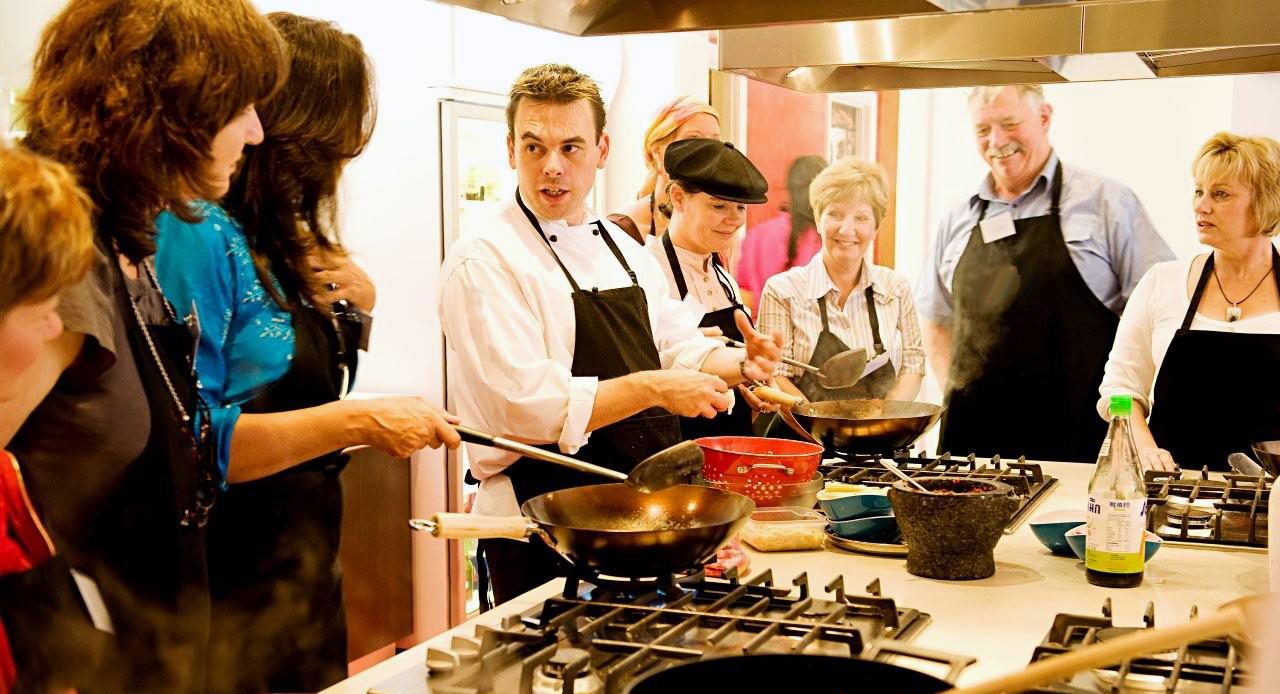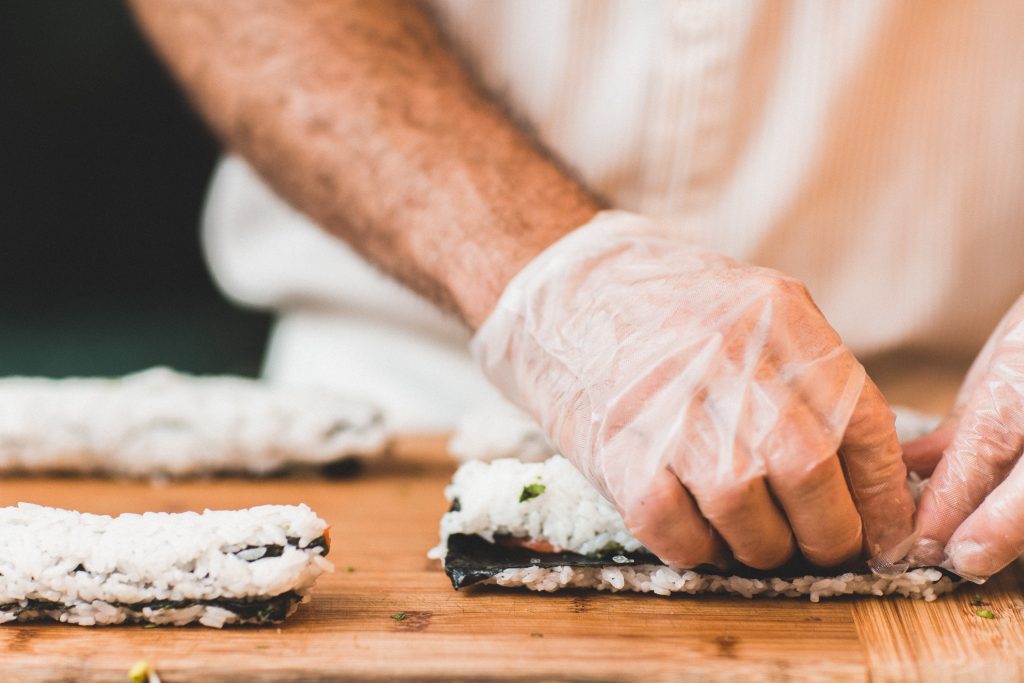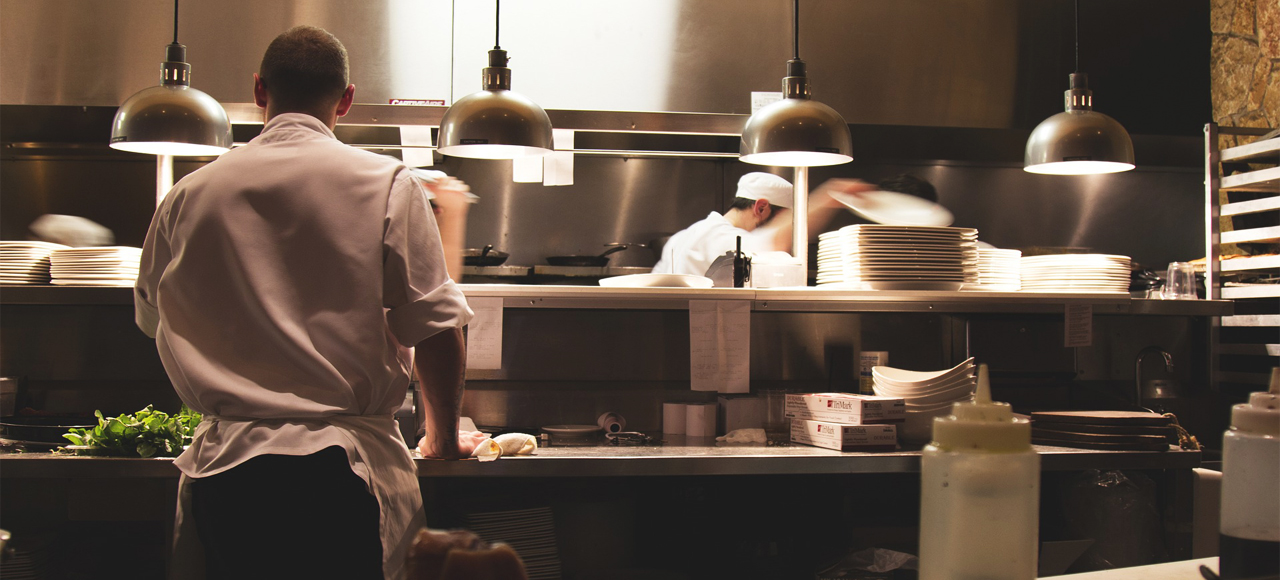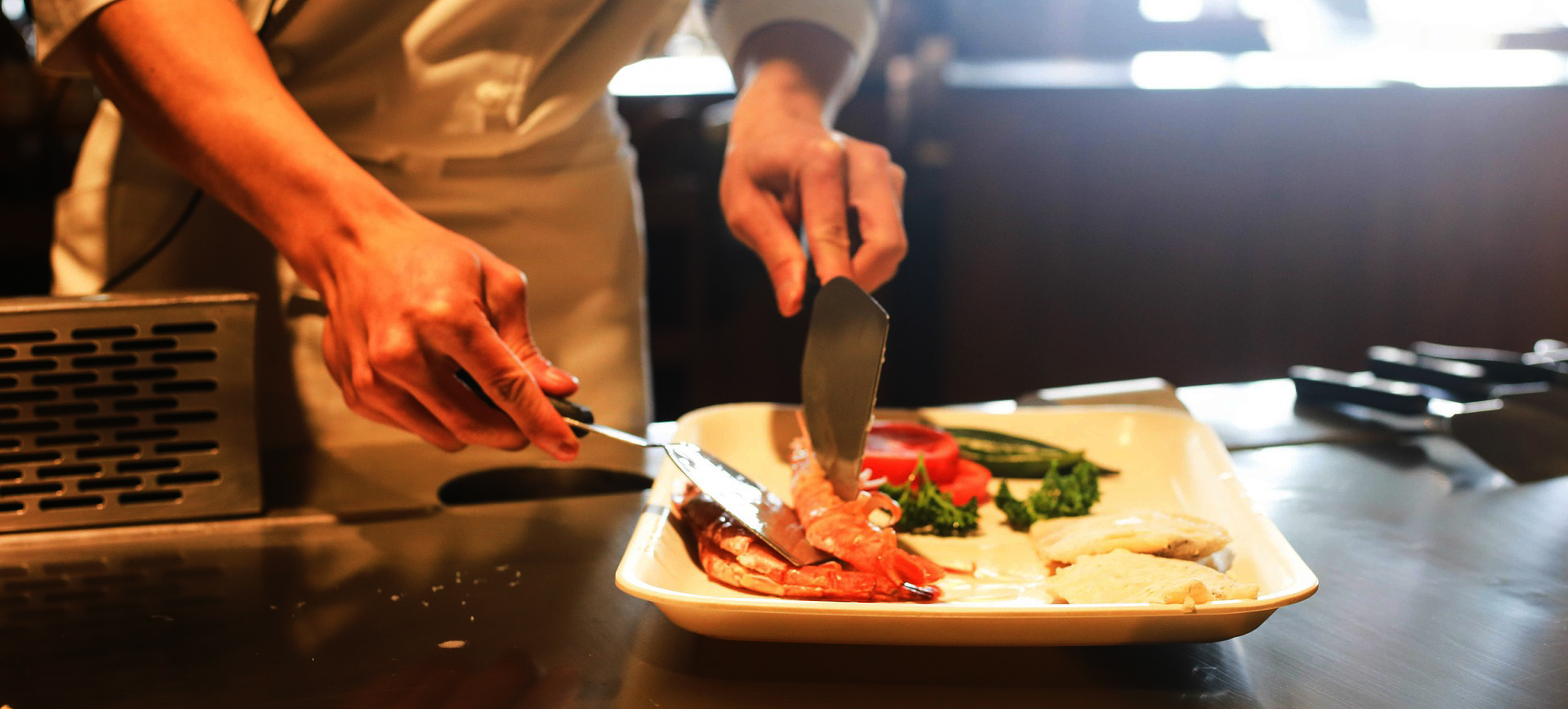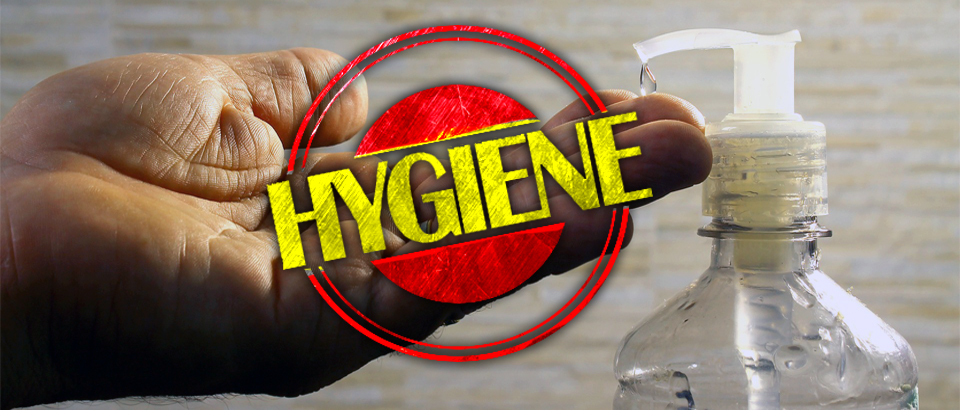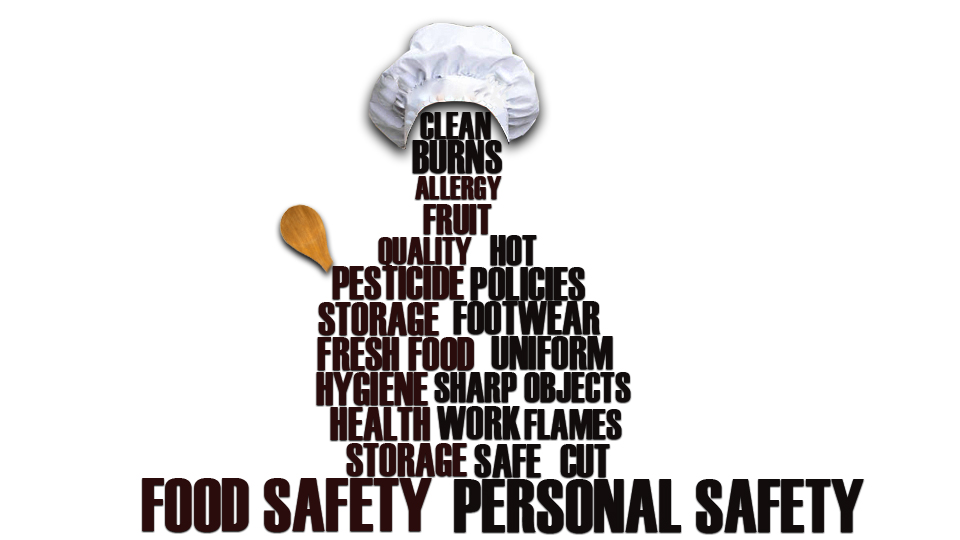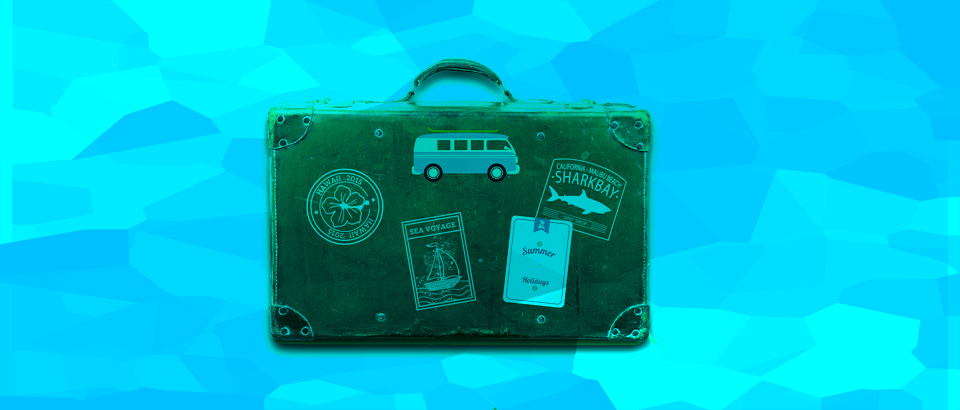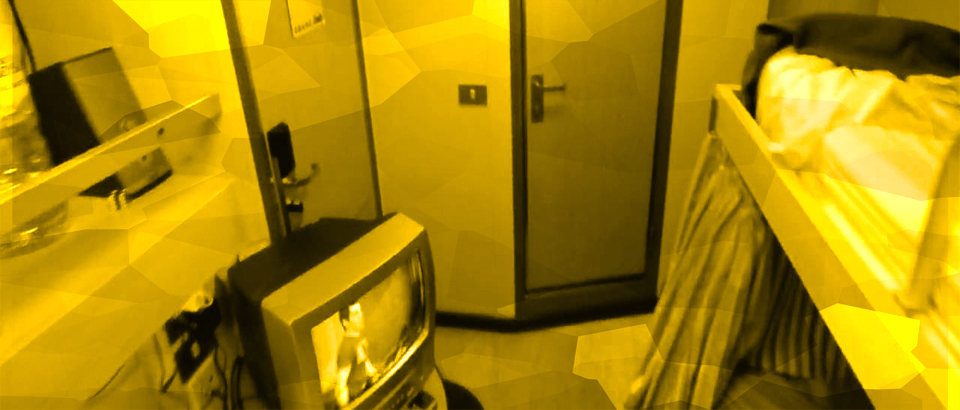 Apart from creativity and passion, cruise ship chefs jobs demand vigilance and a keen eye on food safety. Being attentive at every step of the food production and service process enables cruise ship companies to keep their guests safe from food related diseases and in turn secure their reputation in the market.
Apart from creativity and passion, cruise ship chefs jobs demand vigilance and a keen eye on food safety. Being attentive at every step of the food production and service process enables cruise ship companies to keep their guests safe from food related diseases and in turn secure their reputation in the market.
Companies in the US ensure that cruise ship chefs follow the HACCP system – Hazard Analysis Critical Control Point – which research has shown is a viable food safety operation system. By rigorously following the procedures, chefs on board can identify chemical, physical and biological threats at any step of the flow of food – from delivery and storage to cooking and service.
All across the board, including the galley, the HACCP system follows a seven step procedure.
- Analysing the hazard
Here, kitchen management and cruise ship chefs carefully observe how food is prepared, cooked and served. Notes are made about each step of the process from temperatures of food to the utensils used and the manner in which the dish is plated. It begins from analyzing the various dishes on the menu and noting which dishes are most susceptible to contamination. This effectively means that every restaurant on board a cruise ship will have its own HACCP system.
- Determining the points of risk
This involves observing how the food is made and noting at which points during the process risks can be prevented, removed or reduced to safe limits. These are called critical control points. They could be the minimum length of time or temperature – or critical limit – that a certain food item must be cooked for/at, or that a dirty dish must remain in cleaning solvent or hot water, or even the temperature at which a food must be defrosted at.
- Establishing critical limits
At this juncture, cruise ship chefs must determine the highest and lowest points for preventing or removing a hazard or reducing it to safe levels. Procedures may specify how to reach the temperature necessary for cooking a meat product safely, or how long a certain dish could remain in the holding pot.
- Formulating procedures for monitoring
With the fourth step, HACCP moves into the next phase of safety – controlling the hazard. This involves specifying ways in which cruise ship chefs or other staff assigned to the job can monitor whether safety measures are being consistently maintained. This can mean checking the internal temperature of each dish or even each individual steak or chicken breast.
- Corrective action
If the safety parameter, that is the critical limits, are not met, procedures are to be put in place to guide staff on what to do next. This could mean continuing to cook a dish until it reaches its internal temperature, or discarding a dish that is not considered safe to eat. All corrective action is logged for records.
- Checking the system
Through this step, cruise ship chefs are able to figure out if their safety method works. Through hazard analyses, logs, monitoring charts and other records, they are able to check where the weak points of the safety system are and implement remedial action. This remedial action will now form part of the new critical limits to be checked and logged.
- Keeping records
Maintaining records and logs are a very important part of the process. Cruise management are able to assess food safety conditions easily. Cruise ship chefs keep records of monitoring activities, remedial action, equipment to ensure they are in good working condition, supplier information including invoices, shelf-life, specifications, etc. This helps revise the HACCP plan often and keep it as watertight as possible.


